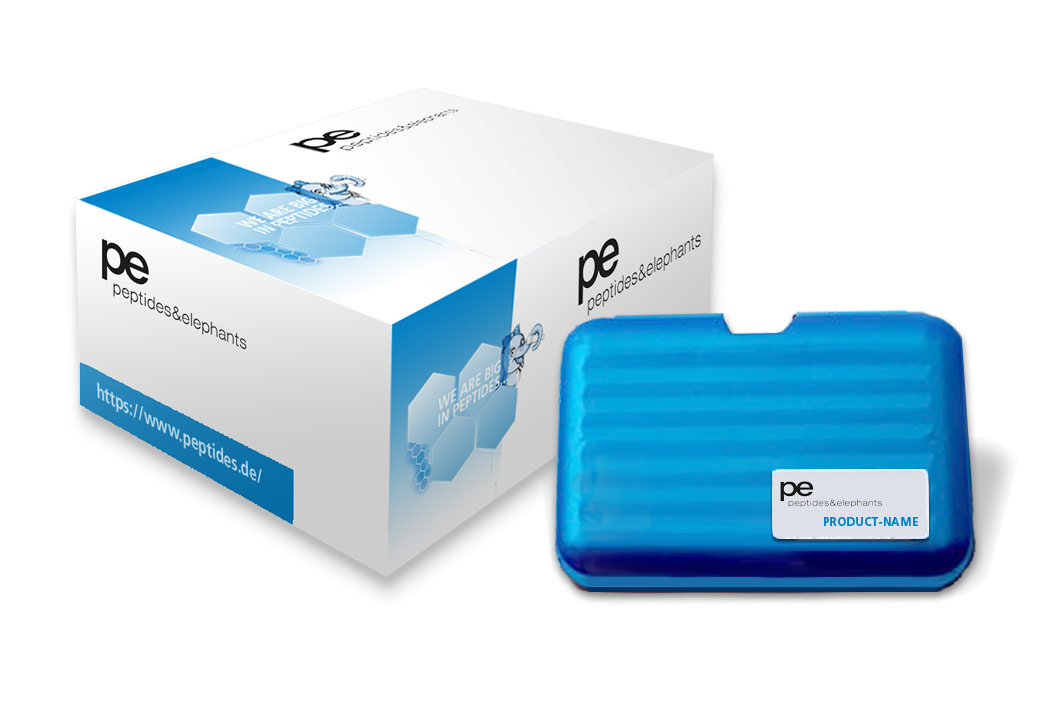HCMVA (pp65) Peptide Pool
Buy 5, pay 4
If you order 5 or more of the same off-the-shelf peptide product at once, you will receive one of them for free.
€187.20 *
Prices plus VAT plus shipping costs
Delivery time overnight
sterile and endotoxin free
Delivery Format: The product is supplied freeze dried.
- Order number: LB01232
Viewed

